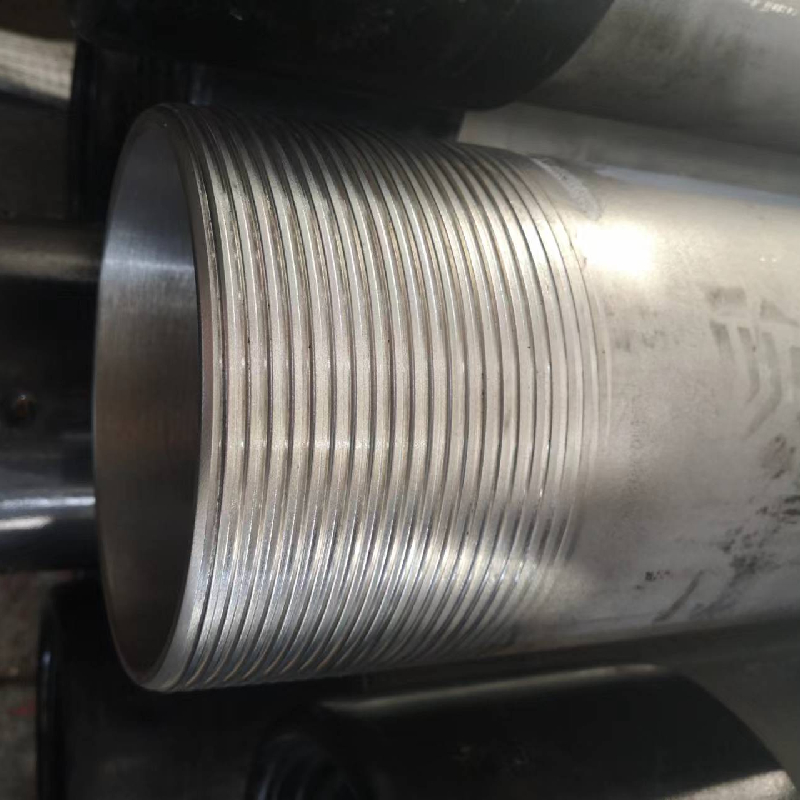- Afrikaans
- Albanian
- Amharic
- Arabic
- Armenian
- Azerbaijani
- Basque
- Belarusian
- Bengali
- Bosnian
- Bulgarian
- Catalan
- Cebuano
- Corsican
- Croatian
- Czech
- Danish
- Dutch
- English
- Esperanto
- Estonian
- Finnish
- French
- Frisian
- Galician
- Georgian
- German
- Greek
- Gujarati
- Haitian Creole
- hausa
- hawaiian
- Hebrew
- Hindi
- Miao
- Hungarian
- Icelandic
- igbo
- Indonesian
- irish
- Italian
- Japanese
- Javanese
- Kannada
- kazakh
- Khmer
- Rwandese
- Korean
- Kurdish
- Kyrgyz
- Lao
- Latin
- Latvian
- Lithuanian
- Luxembourgish
- Macedonian
- Malgashi
- Malay
- Malayalam
- Maltese
- Maori
- Marathi
- Mongolian
- Myanmar
- Nepali
- Norwegian
- Norwegian
- Occitan
- Pashto
- Persian
- Polish
- Portuguese
- Punjabi
- Romanian
- Russian
- Samoan
- Scottish Gaelic
- Serbian
- Sesotho
- Shona
- Sindhi
- Sinhala
- Slovak
- Slovenian
- Somali
- Spanish
- Sundanese
- Swahili
- Swedish
- Tagalog
- Tajik
- Tamil
- Tatar
- Telugu
- Thai
- Turkish
- Turkmen
- Ukrainian
- Urdu
- Uighur
- Uzbek
- Vietnamese
- Welsh
- Bantu
- Yiddish
- Yoruba
- Zulu
what is the difference between casing and tubing?
Understanding the Difference Between Casing and Tubing in Oil and Gas Drilling
In the realm of oil and gas drilling, two fundamental components play a critical role in the extraction process casing and tubing. While they may appear similar at first glance, the two serve distinctly different purposes in the wellbore construction and production process. Understanding these differences is essential for those working in the industry, as well as for stakeholders interested in the complexities of oil and gas extraction.
Casing The Structural Backbone
Casing refers to the series of steel pipes that are installed in the wellbore after drilling has occurred. The primary function of casing is to provide structural integrity to the well, ensuring that the walls of the borehole remain stable and do not collapse under pressure. Casing also serves several other vital purposes
1. Isolation of Reservoirs Casing isolates different geological formations encountered during drilling. This isolation is crucial as it prevents the migration of fluids between formations, which could lead to contamination or blowouts.
2. Hydrostatic Pressure Control Casing helps manage the hydrostatic pressure in the well. By providing a strong barrier, it can withstand the high pressures encountered in deep wells, preventing blowouts and uncontrolled releases of oil or gas.
3. Fluid Containment Once installed, casing contains the drilling fluids used during the drilling process, as well as any hydrocarbons that may be produced. This containment is critical for environmental protection and safety.
Casing is typically cemented in place to create a seal that enhances structural integrity and reinforces the isolation of geological layers.
what is the difference between casing and tubing?

Tubing The Production Pathway
In contrast to casing, tubing is the smaller diameter pipe inserted inside the completed well after the casing has been installed. Tubing's primary purpose is to transport oil and gas from the reservoir to the surface. Unlike casing, which is installed for structural support and safety, tubing is designed specifically for production and has several key functions
1. Transport of Fluids Tubing is designed to efficiently carry crude oil, natural gas, or produced water to the surface. Its smaller diameter allows for a tangible pathway for production without the need for additional drilling.
2. Pressure Management Tubing can handle lower pressures compared to casing, which is suitable for the transport of produced fluids. It is essential for optimizing production rates and managing the flow from the reservoir.
3. Facilitating Downhole Equipment Tubing allows for the installation of various downhole equipment such as pumps, valves, and monitoring instruments that enhance production efficiency.
4. Ease of Replacement One of the advantages of tubing is that it can be replaced or removed as needed, without requiring drilling out the casing. This facilitates maintenance and helps address issues such as pump failure or scale buildup.
Conclusion Key Distinctions
In summary, while both casing and tubing are critical components within oil and gas drilling operations, their functions and characteristics are distinctly different. Casing provides structural support and protects the integrity of the wellbore, while tubing acts as the means through which oil and gas are brought to the surface. As such, understanding these differences is vital for professionals in the industry, enabling them to make informed decisions about well construction, maintenance, and production strategies. The effective interplay between casing and tubing impacts not only operational efficiency but also safety and environmental stewardship in oil and gas extraction.
-
Tubing Pup Joints: Essential Components for Oil and Gas OperationsNewsJul.10,2025
-
Pup Joints: Essential Components for Reliable Drilling OperationsNewsJul.10,2025
-
Pipe Couplings: Connecting Your World EfficientlyNewsJul.10,2025
-
Mastering Oilfield Operations with Quality Tubing and CasingNewsJul.10,2025
-
High-Quality Casing Couplings for Every NeedNewsJul.10,2025
-
Boost Your Drilling Efficiency with Premium Crossover Tools & Seating NipplesNewsJul.10,2025







